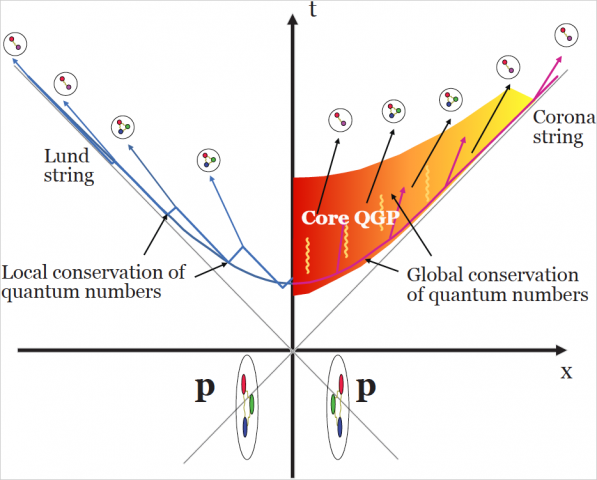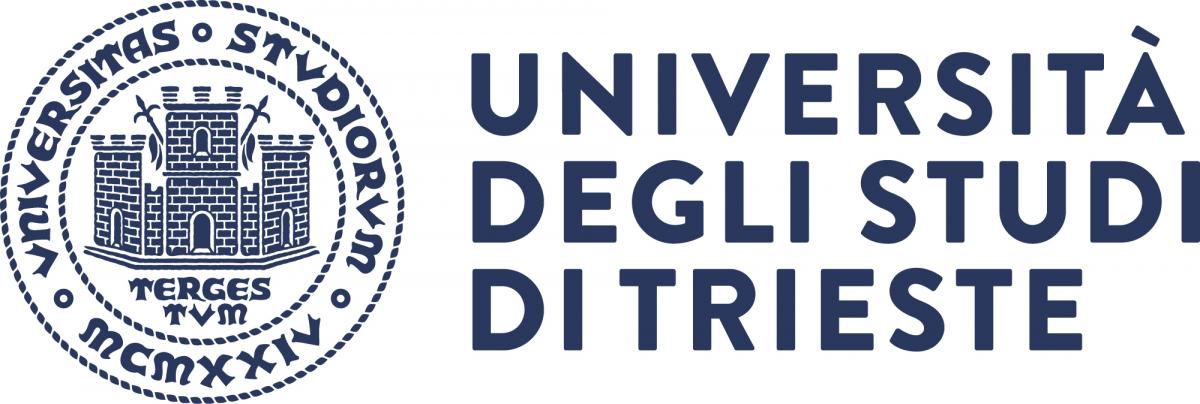- Home
- Department
- Research
- Teaching
- Post Graduate Studies
- Knowledge Transfer
- How To
Study of strangeness quantum number conservation published on EPJC

A new article studying the conservation of the strangeness quantum number in high-energy proton-proton collisions has recently been published in European Physics Journal C (link: https://link.springer.com/article/10.1140/epjc/s10052-024-13375-4?utm_source=rct_congratemailt&utm_medium=email&utm_campaign=oa_20241002&utm_content=10.1140%2Fepjc%2Fs10052-024-13375-4). The study was conducted by Stefano Cannito, a master's student in the Department of Physics, in collaboration with Dr. Christian Bierlich from Lund University and Dr. Valentina Zaccolo from the DF.
The measurement of the increase in strange quark hadron production by the ALICE experiment at CERN has been published in Nature Physics (link: https://www.nature.com/articles/nphys4111). These results have initiated a new and intriguing line of research focused on the hadronization of strange quarks.
The study presented in EPJC focuses on how strange-hadron production can be used to differentiate between two theoretical models. On one side, PYTHIA 8.3, based on the Lund string model, predicts local conservation of the strangeness quantum number during the collision. On the other, EPOS4, which is based on the formation of quark-gluon plasma (where quarks and gluons are deconfined), predicts global conservation of strangeness.
Although both models adequately describe the ALICE data, the current goal is to identify observables that clearly highlight the differences between the two approaches. The article proposes specific observables that can distinctly differentiate between the two models.
The formulated predictions can be tested during the Run 3 and 4 phases of the Large Hadron Collider, which will provide a significantly larger amount of data and more sophisticated detection tools. This will allow for an in-depth exploration of the mechanisms behind strange-hadron production. New discoveries could finally provide answers to one of the mysteries of modern physics, helping us better understand whether and how quark-gluon plasma can emerge in proton-proton collisions as well.
Last update: 10-07-2024 - 12:04


